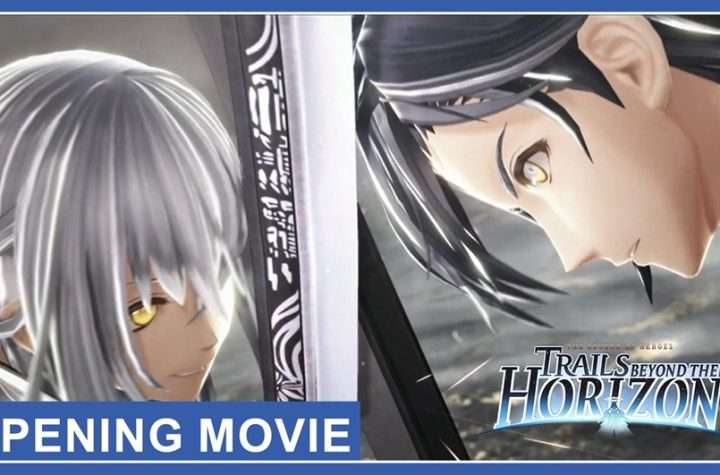“The Plucky Squire” is one of those games that instantly grabs your attention with its art style. Developed by All Possible Futures and published by Devolver Digital, the game is a visually charming action-adventure where storybook characters leap out of the pages and into a vibrant 3D world. It’s a concept that had me hooked right from the reveal, similar to my initial excitement for a game like “Cuphead.” But unlike “Cuphead,” which challenged me with its relentless difficulty, “The Plucky Squire” left me wanting more in terms of gameplay challenge and it becomes quickly clear it relies very heavily on its adorable aesthetic and gimmick.
The game follows Jot, a courageous storybook hero, and his friends as they traverse both 2D and 3D realms to defeat the villainous Humgrump. Humgrump, realizing he’s doomed to lose every time as the storybook villain, decides to rewrite his fate, kicking Jot out of the book’s pages and altering the story. It’s a fun, meta twist that pulls you into the narrative, and the storybook narrator throughout the game is a nice touch. The blending of two dimensions – where you jump between 2D platforming and 3D exploration – is easily one of the standout elements of the game and certainly what stood out when the game was first revealed.

The art direction is truly beautiful, with the 2D segments resembling a lively children’s book, while the 3D world is full of rich details and a sense of wonder. It’s easy to see why “The Plucky Squire” immediately caught the attention of so many gamers. Everything about the game’s aesthetic draws you in. The world of Mojo is colorful, imaginative, and filled with characters that, despite being mostly silent on Jot’s part, are brimming with personality. The supporting cast is exuberant and quirky, while adding some charm here and there they don’t really add much to the table. Despite the game’s imaginative visuals and promising premise, I found myself growing a bit frustrated as the gameplay unfolded. What first appears to be a creative and layered adventure gradually reveals itself to be shallower than expected. The mechanics are clever – you can move between 2D platforming sections and 3D puzzles, interact with the environment in both dimensions, and play through various mini-games and set-pieces. Moving words around to change the sentences, which will then alter your environment is pretty cool. But sadly, a lot of these mechanics feel underused. It’s as though the game has a treasure trove of ideas but only scratches the surface with each one, offering only brief glimpses of what could have been.
One major issue for me was the lack of difficulty. “The Plucky Squire” is incredibly easy, almost to a fault. Before you start playing it asks if you want to play adventure mode (for a challenge) and story mode (for an easy breeze experience) and I’m sorry to say even adventure mode is incredibly easy. Every mechanic introduced is simple to learn, and the game never truly challenges you to master them or apply them in creative ways. Once you’ve picked up on something, it feels like the game moves on, rather than building on the concept and pushing you to think outside the box, it just makes what I’m doing feel a bit. Initially, I thought perhaps the game was targeting a younger audience, which would explain the simplified difficulty. If that were the case, I wouldn’t mind it as much. But the game doesn’t really seem to be marketed solely toward children. Instead, it seems to aim at a broader demographic, including adults who might be nostalgic for the story books they read as kids. In fact, much of the writing is clever and meta, clearly designed to resonate with an older audience. That’s why the lack of challenge felt so surprising.
That said, “The Plucky Squire” does have its shining moments. The dimension-hopping premise leads to some fantastic set-pieces and creative puzzles. There are points where the writing is genuinely funny, and the world itself is full of charm and whimsy. It’s a game that I think will garner a lot of positive attention purely for its innovative visual design and narrative hook. But as much as I appreciated the eye-catching art and unique gameplay gimmicks, I couldn’t help but feel like the game didn’t quite reach its full potential. This is a delightful adventure game that suffers from an overly accessible approach to its gameplay. While it’s undeniably creative and filled with imaginative ideas, it never pushes the player to dig deeper or think harder. It’s a charming experience, no doubt, but one that could have soared higher if it had leaned into its more complex ideas and embraced a bit more difficulty.
7.5/10
For more information, visit HERE
Related: Nick Navarro Reviews
Gaming since I was given an original Nintendo as a kid. I love great storytelling and unique ingenuity. When both collide in a single game, I'm a happy gamer. Twitter/IG @NickNavarro87






More Stories
GTA Online: Money Fronts, HSW Race Bonuses, Free Hands-on Car Wash Property, Plus Much More
The Legend of Heroes: Trails beyond the Horizon Unveils Opening Movie Ahead of Jan. 15 Release Date
Bandai Namco Releases New Walkthrough Trailer for CODE VEIN II, Character Creator Demo Coming Later this Month